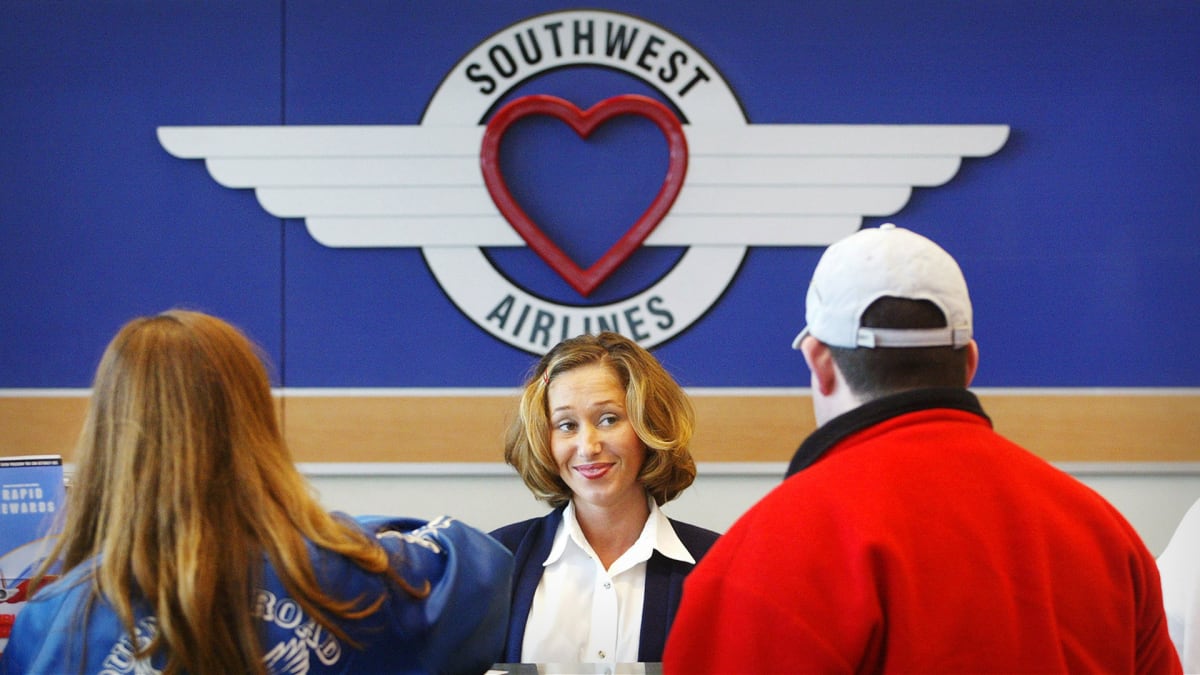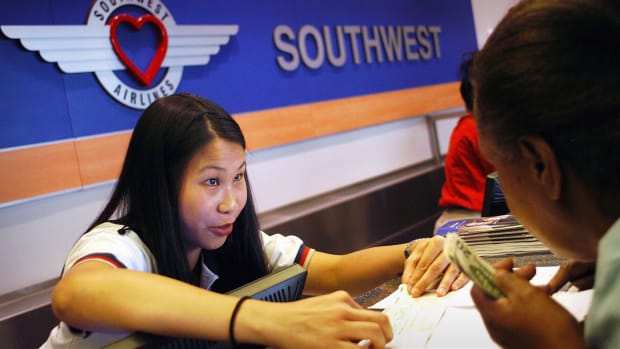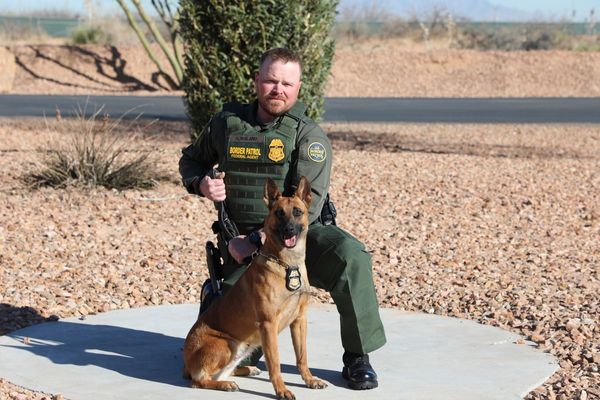
Most frequent travelers share a specific opinion about Southwest Airlines' (LUV) unique boarding procedure.
The airline does not offer assigned seats. Instead, it assigns passengers a boarding group (A, B, or C) and a number (1-60). Passengers then board in by group, with A going first in numerical order. Once onboard, passengers can select any available seat.
No other airline boards this way. Regular Southwest passengers -- especially those who have reached A-List loyalty status and get to board no later than the end of the A group -- love the process.
For newer Southwest passengers or those who fly the airline only infrequently, the process can be confusing. In any event, they don't much like it.
DON'T MISS: (Southwest Airlines Makes a Cool Onboard Change)
Southwest does not charge for seat assignments the way discounters Frontier (ULCC) and Spirit Airlines (SAVE) do for their basic fares. Full-fare airlines including Delta (DAL) and United Airlines (UAL) have also adopted the practice with certain economy fares.
But while the Southwest process has its fans, it also has a lot of detractors, and the airline has been testing some new ways to speed up boarding on its planes.

William Thomas Cain/Getty Images
Southwest Airlines Wants Faster Boarding
Southwest has been testing a number of boarding innovations in Atlanta at Hartsfield-Jackson International Airport. Its innovation team has actually been using four of its 18 gates at the very busy airport to field-test new ideas, The Points Guy reported.
The project's stated goal is faster turn times, the time required to get one group of passengers off a plane and the next group on it. But that's sort of a byproduct of creating a more efficient boarding process.
Doing that will start with preboarding, the people who get to board before anyone else, usually because they are in wheelchairs or need other assistance.
That process can often be very slow, at least partly because there's no designated area for preboard passengers to line up. That's one problem the airline is looking to fix.
"As part of the test, Southwest installed a color-coded carpeted area that demarcates where these passengers should line up," The Points Guy reported.
That sounds like a small thing, but preboarding often delays regular boarding, and even a slight improvement could help Southwest get passengers on its planes faster.
Two More Southwest Boarding Changes Are Being Tested
Southwest is also testing two novel changes to its boarding process -- one of which seems beyond obvious. The airline has placed self-serve kiosks at its gates to make the line to talk to its gate agents shorter.
"The innovation team wants to see whether customers will use these kiosks to reprint boarding passes, generate bag tags for gate-checked carry-ons and add infants to their reservation, all without speaking to an agent," according to The Points Guy.
"The airline is also considering adding the ability to purchase last-minute boarding group upgrades at these kiosks, which could likely further reduce the line to speak to an agent."
That could speed up the overall process because it would free gate agents from spending time on simple things, giving them more time to deal with problems that truly require their attention.
The last change Southwest is testing is an attempt to trick people into boarding faster by playing music on the jet bridge, the moveable boarding tunnel that connects the plane to the gate. That's almost always a major bottleneck because the line moves only as fast as the person in front.
Playing music that has a high rate of beats-per-minute has been scientifically proven to "get people moving faster and more efficiently," the travel website shared.
The airline is also testing new signs in the jet bridge related to the boarding process, instead of the current ones, which more broadly tout Southwest Air.
Related Links:
- Dad's Joke About Ordering Morning Cocktails on a Flight Is Just So Accurate
- Watch: Airline Baggage Handlers Are Totally Puzzled Over How to Fold a Stroller







